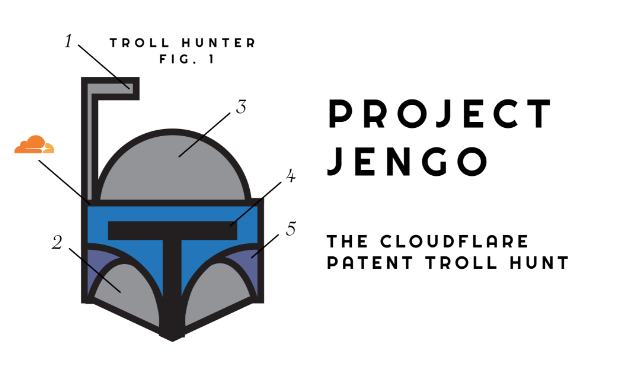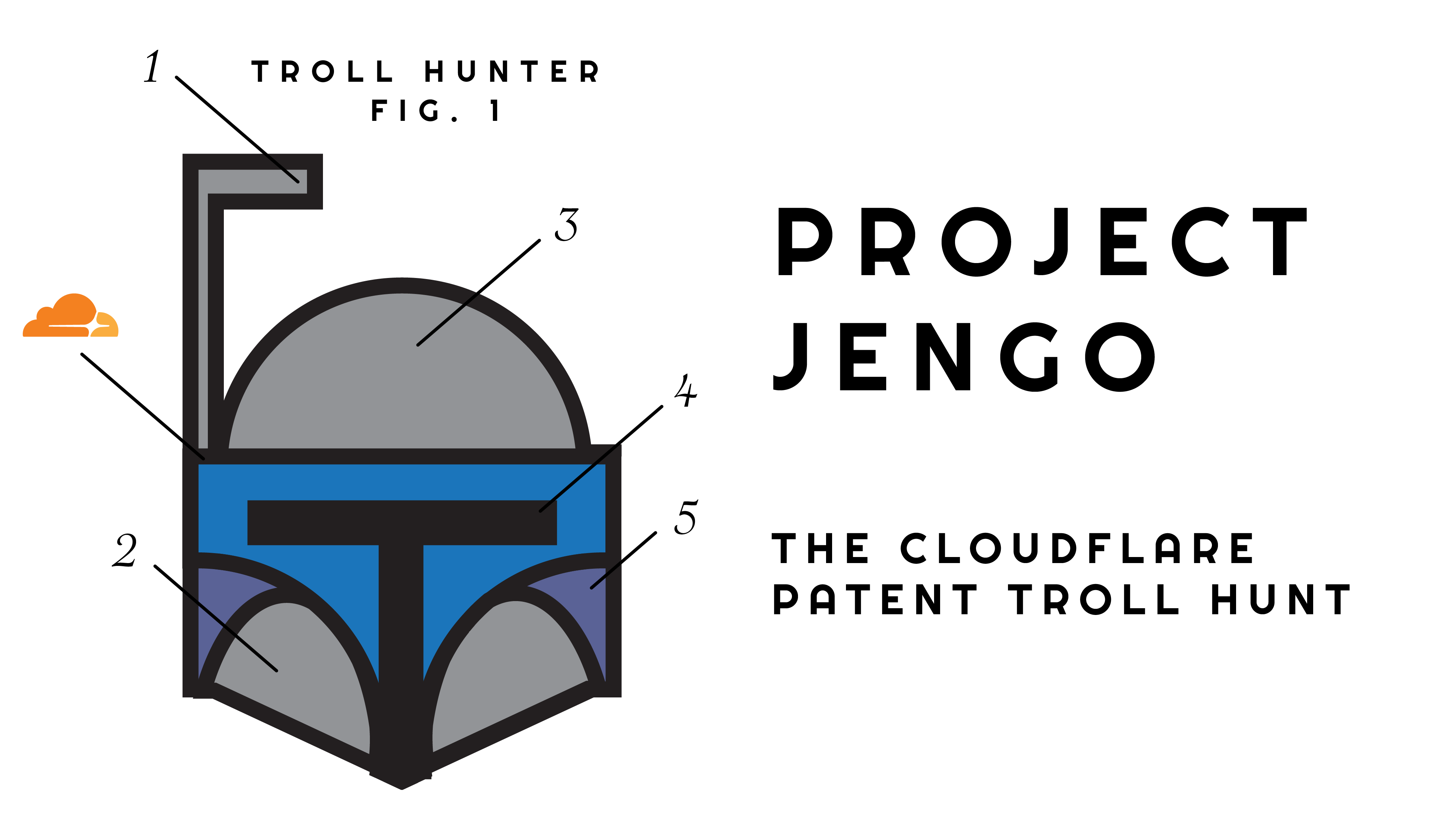Time To Get Back To Basics?

I’ve had some fascinating networking discussions over the past couple of weeks at Dell Technologies World, Interop, and the spring ONUG meeting. But two of them have hit on some things that I think need to be addressed in the industry. Both Russ White and Ignas Bagdonas of the IETF have come to me and talked about how they feel networking professionals have lost sight of the basics.
How Stuff Works
If you walk up to any network engineer and ask them to explain how TCP works, you will probably get a variety of answers. Some will try to explain it to you in basic terms to avoid getting too in depth. Others will swamp you with a technical discussion that would make the protocol inventors proud. But still others will just shrug their shoulders and admit they don’t really understand the protocol.
It’s a common problem when a technology gets to the point of being mature and ubiquitous. One of my favorite examples is the fuel system on an internal combustion engine. On older cars or small engines, the carburetor is responsible for creating the correct fuel and air mixture that is used to power the cylinders. Getting that Continue reading




 The mysterious probe isn’t related to a breach or any security concern about its products.
The mysterious probe isn’t related to a breach or any security concern about its products. Oracle spreads AI across the cloud; Nokia makes successful 5G call in France; Cisco completes $270 million purchase of AI company.
Oracle spreads AI across the cloud; Nokia makes successful 5G call in France; Cisco completes $270 million purchase of AI company. Over the years, Telecom Expense Management has helped organizations optimize and gain visibility into usage trends, expenses, and financial allocation — and now it can address a broader set of IT and cloud services.
Over the years, Telecom Expense Management has helped organizations optimize and gain visibility into usage trends, expenses, and financial allocation — and now it can address a broader set of IT and cloud services.
 NTT DoCoMo and NEC also trialed data transmission between a 5G base station and a 5G mobile station using a car moving at 189 mph.
NTT DoCoMo and NEC also trialed data transmission between a 5G base station and a 5G mobile station using a car moving at 189 mph.


